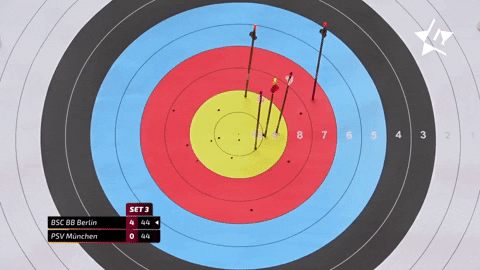If you had to guess, what would say the most bullish month of the year has been for the S&P 500 over the past 20 years?
Given that I’m asking you this question at the start of April, you probably guessed that it (APRIL) has been the best month to be bullish on stocks, and you’d be right.
On average, as this first chart of the S&P 500’s seasonality over the past 20 years shows, the S&P 500 has returned an average of +2.4% in April, with a win rate of 80%.
Just like everything else in trading, however, there are no guarantees that April 2022 will be another winner.
Now, you may not be aware but there are a lot of traders that like to fade (i.e., go against) like a certain famous financial TV “talking head” on CNBC.
On March 25th, the bloviating king of investment advice stated, “I think the bear market is over” in this segment here:
Don’t get me wrong, there are certain areas of the market that I do think will do well over the weeks ahead, and that’s where I am focusing my trade ideas for members of my services.
However, unlike the talking heads, I think the broader market may struggle here for a while.
During times like this, there’s a tool used by institutional traders that I often like to use to help my subscribers identify which S&P 500 sectors are seeing the big money flow their way.
Today I want to share that tool with you. In addition, I will let you in on one of the trade ideas that my team and I gave members to take advantage of this leadership.
The old Wall Street adage says, “history doesn’t repeat itself, but it often rhymes.”
When we apply this old adage to real-life trading, what many trades don’t realize is that while there is the potential for the S&P 500 to end the month of April in the green (in other words, anything above 0.0%), it also leaves the door open for there to be a period of meaningful weakness (i.e., a drawdown period) before the S&P 500’s final performance is tallied on the last trading day of the month (April 29th).
So, to protect myself, I do the hard work of locating where the money is flowing.
One of the ways I often do this is to use something called a Relative Rotation Graph (RRG).
Relative Rotation Graphs are readily available on a number of charting platforms these days. Today, we’ll be using the version provided on the Stockcharts.com website.
Stockcharts.com describes RRG charts as follows: RRG® charts show you the relative strength and momentum for a group of stocks. Stocks with strong relative strength and momentum appear in the green Leading quadrant. As relative momentum fades, they typically move into the yellow Weakening quadrant. If relative strength then fades, they move into the red Lagging quadrant. Finally, when momentum starts to pick up again, they shift into the blue Improving quadrant.
The comparisons are made relative to some benchmark, which in most cases is the S&P 500.
Though not visible on the chart above, the S&P 500 ETF (SPY) is positioned at the origin (where the X and Y axis meet), while the 11 S&P 500 sectors are positioned around the S&P 500 based on whether they are Leading, Weakening, Lagging or Improving relative to the S&P 500.
So what this chart is telling us right now is that with the energy sector still positioned the furthest away from the center of the graph (which represents the benchmark S&P 500) within the “Leading” quadrant, it remains the strongest sector.
This is one of the reasons The Professor, Mike Parks, brought NexTier Oilfield Solutions Inc. (NEX) to the attention of members recently.
For those of you that don’t know, Mike Parks is Raging Bull’s Senior Training Specialist.
Further details about Mike’s trade idea for this stock are as follows:
- Mike identified the recent “Triangle Pattern” shown on the chart below.
- Fib Levels: Once the bulls take control, Mike highlighted the 127% and 161% levels as the next targets.
- TTM Squeeze: At the time of the alert, there was a TTM Squeeze on the stock with a positive and upward trending momentum histogram, signaling the bulls were in control and the underlying momentum was to the upside at the time of the alert.
The trade parameters Mike offered are as follows:
Mike’s Stock Entry = $9.47
Mike’s 1st Target = $9.82
Mike’s 2nd Target = $10.18
Mike’s option idea for members at the time of the alert = 14 APR 10 Calls @ $0.20
I don’t know about you, but I don’t know of any of our competitors that are using this scientific method of identifying sector leadership.
To YOUR Success!
Comments are closed.





2 Comments
I want the options alerts for membership send me the details and price plse
Hey Kris,
Thanks for the reply! For this, please give us a call at 410-775-8565. Our Product Specialists look forward to speaking with you!
Good Trading,
The RagingBull Team